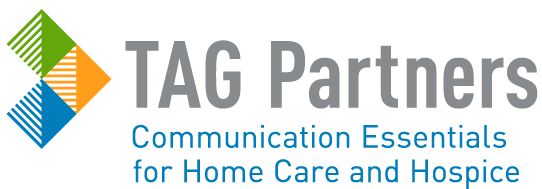Each November, we take time to recognize National Diabetes Month. It’s the perfect time to help raise awareness of how your agency can help those with this disease and honor those who deal with it on a daily basis.
Diabetes is a serious disease that affects millions of Americans young and old alike, and a condition that home health and hospice caregivers deal with frequently. Diabetes affects the body’s ability to make or process insulin-requiring blood sugar levels to be checked continually. Uncontrolled diabetes can cause eye, kidney and nerve damage, as well as double the risk for heart disease and stroke.
Controlling diabetes is an area where home health can contribute a great deal. Team nurses monitor patients’ vitals and blood sugar levels closely for improved disease management. Better glucose regulation increases quality of life for older adults afflicted with diabetes.
Stay at the top of your referral network’s list this fall with an ample supply of our customized diabetes flyers and brochures for their patients. These marketing materials are designed to educate your patient community while promoting your agency and services.
There are several types of diabetes, which are listed below:
Prediabetes is the condition when the blood sugar levels are higher than normal but not high enough to be considered diabetes. The CDC estimates that 84 million Americans have this condition.
Type 1 diabetes is the condition where the pancreas can no longer produce insulin. About 5% of diagnosed diabetics have Type 1.
Type 2 diabetes is the condition where the pancreases cannot produce enough insulin or the body can not properly process it. This is the most common type of diabetes affecting 95% of those diagnosed.
Gestational diabetes is an insulin deficiency condition that affects between 2% and 10% of pregnant women every year. Having this condition can increase the risk of developing Type 2 diabetes late in life.
Whether you know what type of diabetes you have or are trying to figure it out, our pain and symptom catalogs are a nice tool to keep track of it all. A preview of this product can be seen on our web store: https://www.tagwebstore.com/painsymptomlog.php
We offer a variety of materials specifically related to diabetes that you can always find on our web store: https://www.tagwebstore.com/diabetes.php






